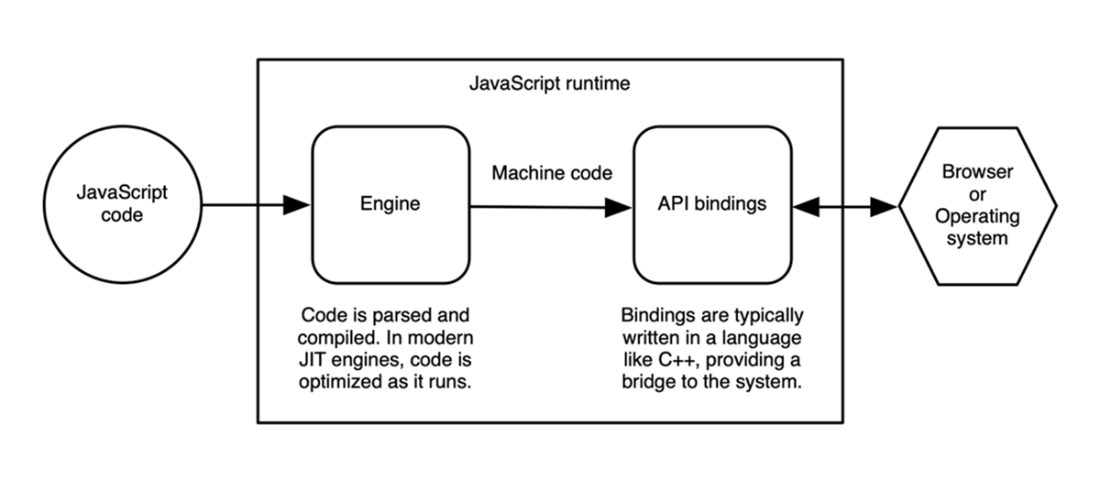1 JavaScript is everywhere
JavaScript’s story begins as a quick scripting add-on for Netscape in 1995 and evolves into a language that powers the modern computing landscape—websites, servers, desktop and mobile apps, games, and IoT. Competition among browsers and collaboration on the ECMAScript standard accelerated performance and language design, while Node.js pushed JavaScript beyond the browser. TypeScript further transformed the developer experience with rich tooling and static analysis. This chapter sets the stage for “ninja” mastery by emphasizing fundamentals that translate across domains and runtimes.
It highlights what makes JavaScript different: first-class functions, prototype-based object orientation, and a single-threaded model augmented by callbacks, promises, and workers. Modern features—promises, advanced array methods, maps and sets, regular expressions, and modules—enable elegant, efficient code. The chapter explains runtimes (browsers, Node.js, Deno, Bun) and engines (notably V8 and JavaScriptCore), the steady cadence of ECMAScript releases, and how transpilers and polyfills let you use new capabilities today—while noting limits where some features can’t be backfilled. It also surveys the framework ecosystem: web UI libraries led by React (and peers like Angular, Vue, Svelte) with server-side rendering to improve load times; server frameworks from minimalist Express to full-stack tools like Next.js, Remix, and Astro; and app frameworks such as Electron, Ionic, and React Native that enable “write once, run anywhere.”
Finally, the chapter underscores best practices—type checking with TypeScript, linting and formatting with ESLint and Prettier, and layered testing with unit and end-to-end tests. It outlines key challenges for modern teams: performance (avoiding code bloat via tree shaking, production flags, and lazy loading), collaboration at scale (managing independent deployments with techniques like module federation and automating migrations with codemods), and dependency management (version conflicts, module formats, and supply chain risk). With a solid grasp of the language core, disciplined tooling, and informed choices in the ecosystem, you’ll be equipped to build robust, performant JavaScript in any environment.
How a JavaScript runtime brings JavaScript code to life.



Summary
- JavaScript is everywhere. In addition to being the language of the web, it can be used to build applications for every major computing platform.
- The JavaScript language has evolved dramatically over time, and continues to improve every year. However, depending on where you expect your code to run, you may need to transpile your code to take advantage of the latest features.
- The vast majority of modern JavaScript projects are built using an open-source framework. Choosing the right framework for your project will give you a critical edge.
- Best practices such as type checking, linting, and testing are key to writing robust, reliable code.
- Some of the biggest challenges facing JavaScript developers are performance, collaboration at scale, and dependency management.
- This book focuses on the core mechanics of the JavaScript language. Mastering those fundamentals will help you to architect, write, and maintain robust JavaScript applications.
 Secrets of the JavaScript Ninja, Third Edition ebook for free
Secrets of the JavaScript Ninja, Third Edition ebook for free